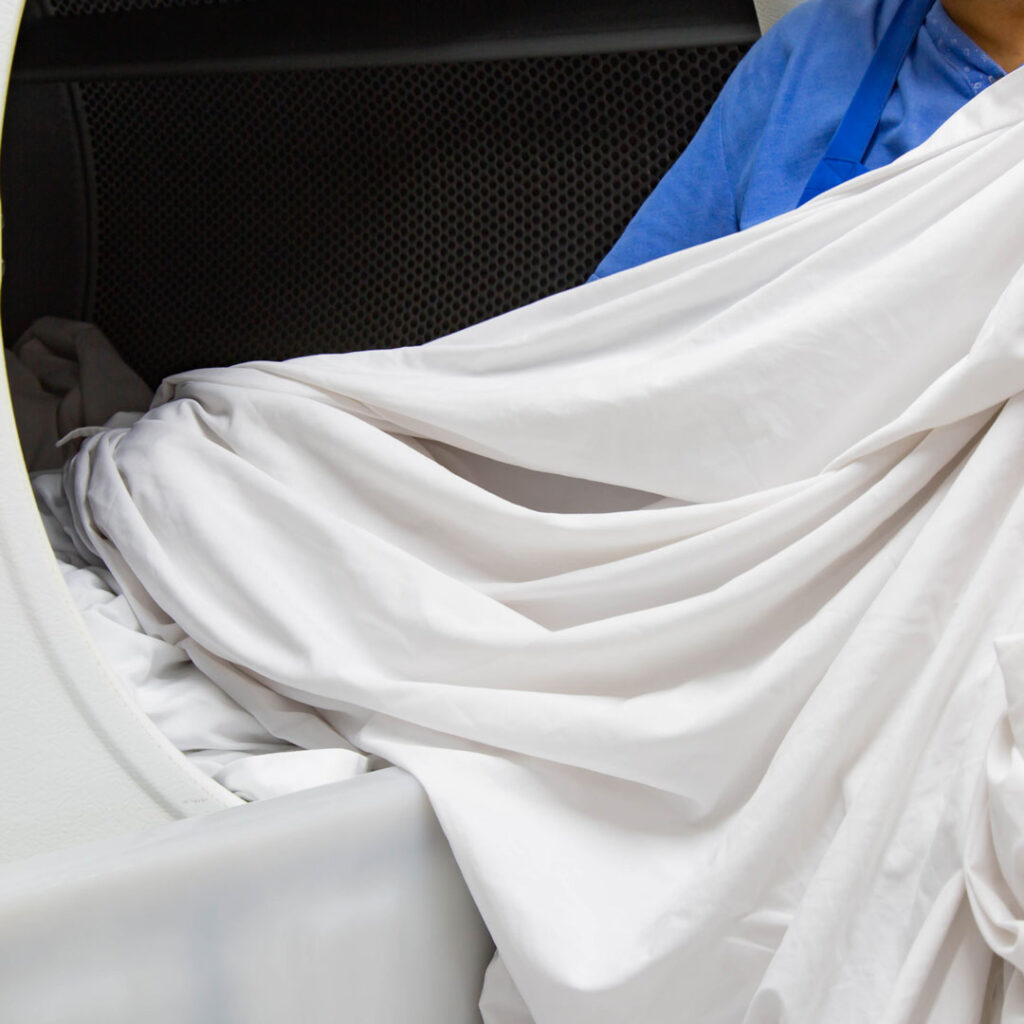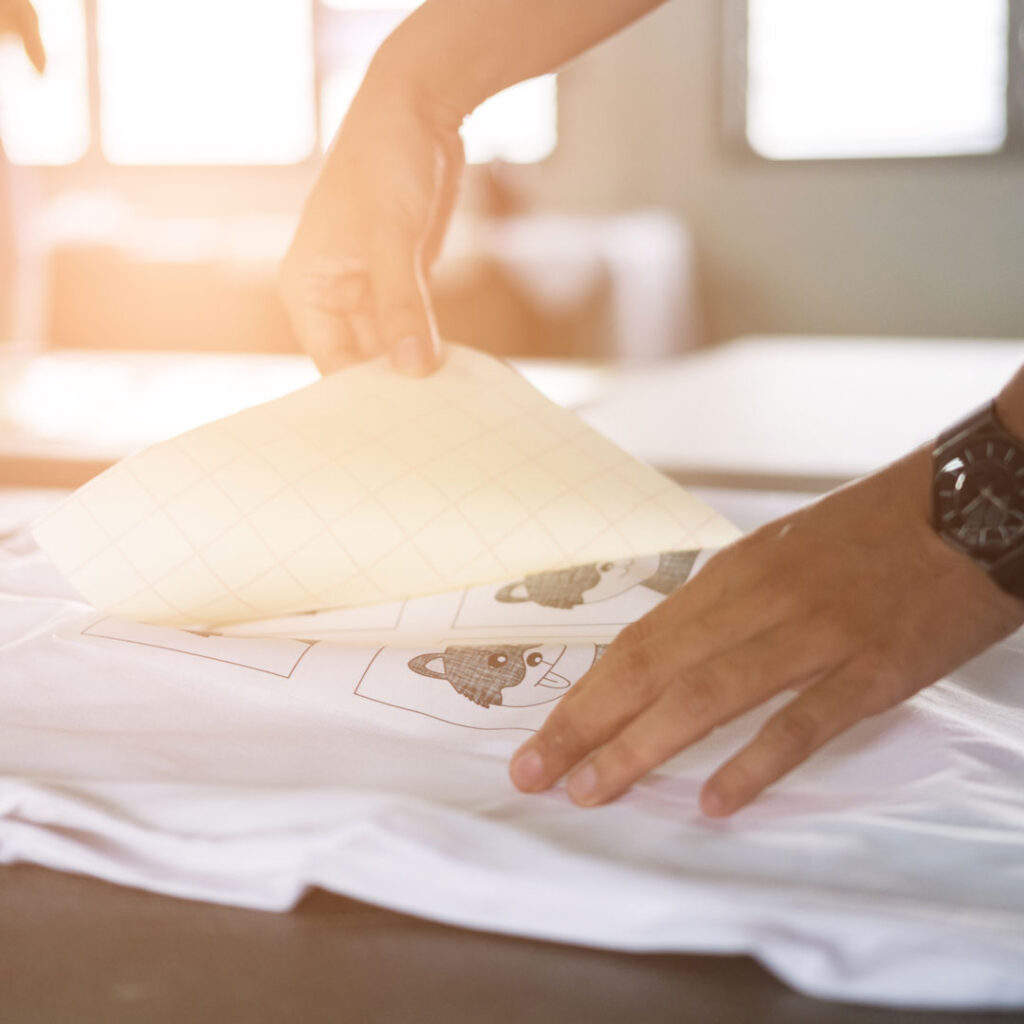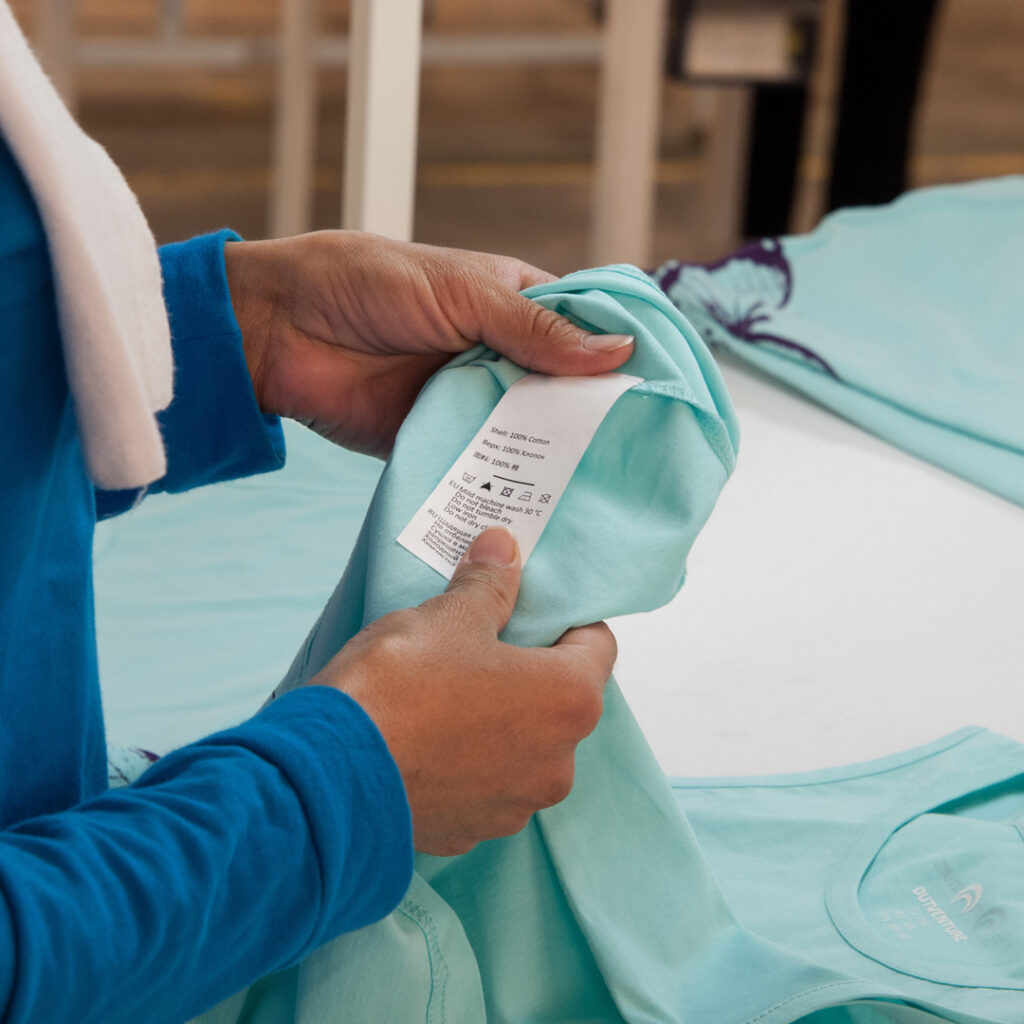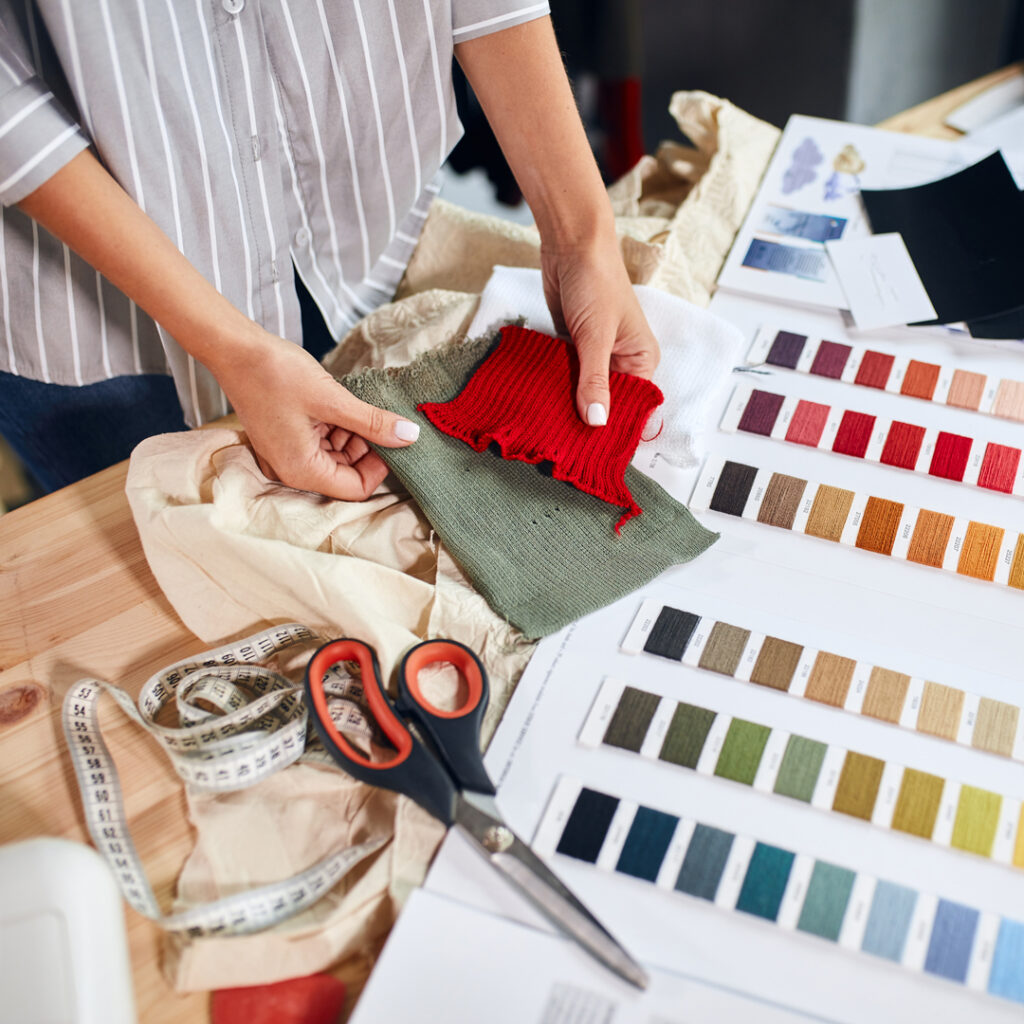Manufacturing Strategy and Planning
25 October 2021
8 min read
Share

Pre-Production Planning
Planning your production is a fundamental and crucial moment that creates a bridge that connects the end of your Product Development (PD) to the start of your Production process.
During product development, all the creative and technical aspects of your collection are taken into consideration and prepared for the manufacturing process.
The main questions you will need to address at this point in order to define a strong and sensible strategy will need to refer to both your available budget and the deadlines you have to meet.
- What is my Budget?
- Cost 1: Raw Material Procurement & Logistics
- Cost 2: Manufacturing Process
- Cost 3: Final Garment Shipment (Logistics + Custom Fees)
- Cost 4: Warehouse Stocking
- Where and with Whom to Produce with?
- In which Country?
- With which Supplier?
- Etc.
- How many Units can I produce?
- How many units per style?
- How many units per style and per color?
- How many units per style, per color, and per size?
- What is the Production + Logistics lead time?
- When do I need to start Producing?
- How much time will the Raw Material procurement take?
- How much will the Manufacturing process take?
- How much time will the Shipment take?
- How will I ship the products?
- By when do I need the Products to be in my Warehouse?
Let us share that, from our experience, this is a question you should pose yourself before starting the PD and possibly define it at that time. In case you did not do so, you will need to make sure you find a partner with a manufacturer that can take care of all your needs satisfactorily.
Urth Tip: try to always partner with a company that can provide you a full package service (Product Development + Manufacturing) to make sure you do not lose time and money in looking for and changing suppliers.
At Urth Apparel we present a wide range of possible packages and services, customizable for any eventuality.
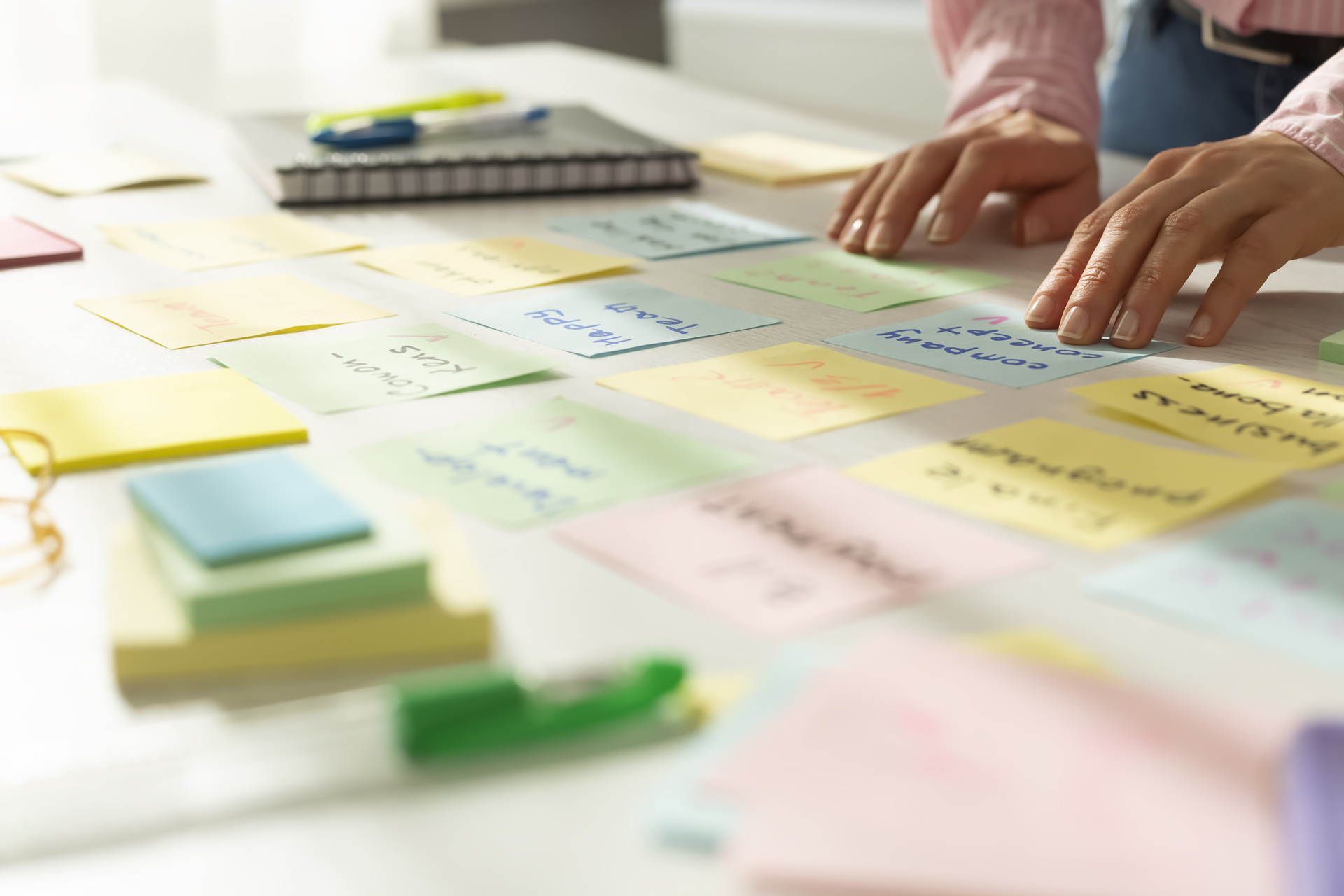
What is my Budget?
When planning a production, the first thing to establish is the available budget. Your budget needs to consider all production and logistics-related costs and collateral costs, which are always wise to take into account. These are really hard to predict without any type of experience or data collected from past collections; nevertheless, we suggest you save some money, just in case something goes south!
A great start would be understanding the price to realize every single style. This is obtained by realizing Garment Costing (GC).
The GC you will do yourself if you have taken care of the whole Product Development, or it can be provided by your manufacturer.
The manufacturer will provide you a quote of the final unit cost considering not only the raw material cost but also the manufacturing service (cut+sew+extra services). The logistics cost can or can not be included, so make sure you understand if these are taken into consideration in the quotation or not.
To forecast your logistics costs, consider all the shipments your production will require and ask for some quotations from different couriers. Otherwise, you can ask your manufacturer to give you an estimate based on their past experiences. Consider that in order to provide you with a quote, the logistics companies will ask you the main info regarding your shipment and package, such as:
- Departure Address
- Arrival Address
- Package Weight
- Package Volume
- Package Content
- Shipment type
- Ocean, Air, or Land?
- Preferred Shipment Lead Time
- Etc.
Where and Whom to Produce with?
Choosing the perfect manufacturer is truly important.
You might want to choose a manufacturer based on different parameters such as geographic location, price range, services supplied, available production specialized lines, customer service efficiency, etc. There is no right or wrong method of research, but try to evaluate all your possibilities with very clear ideas and know which are your priorities!
Check our blog post on where to find the right partner for your business.
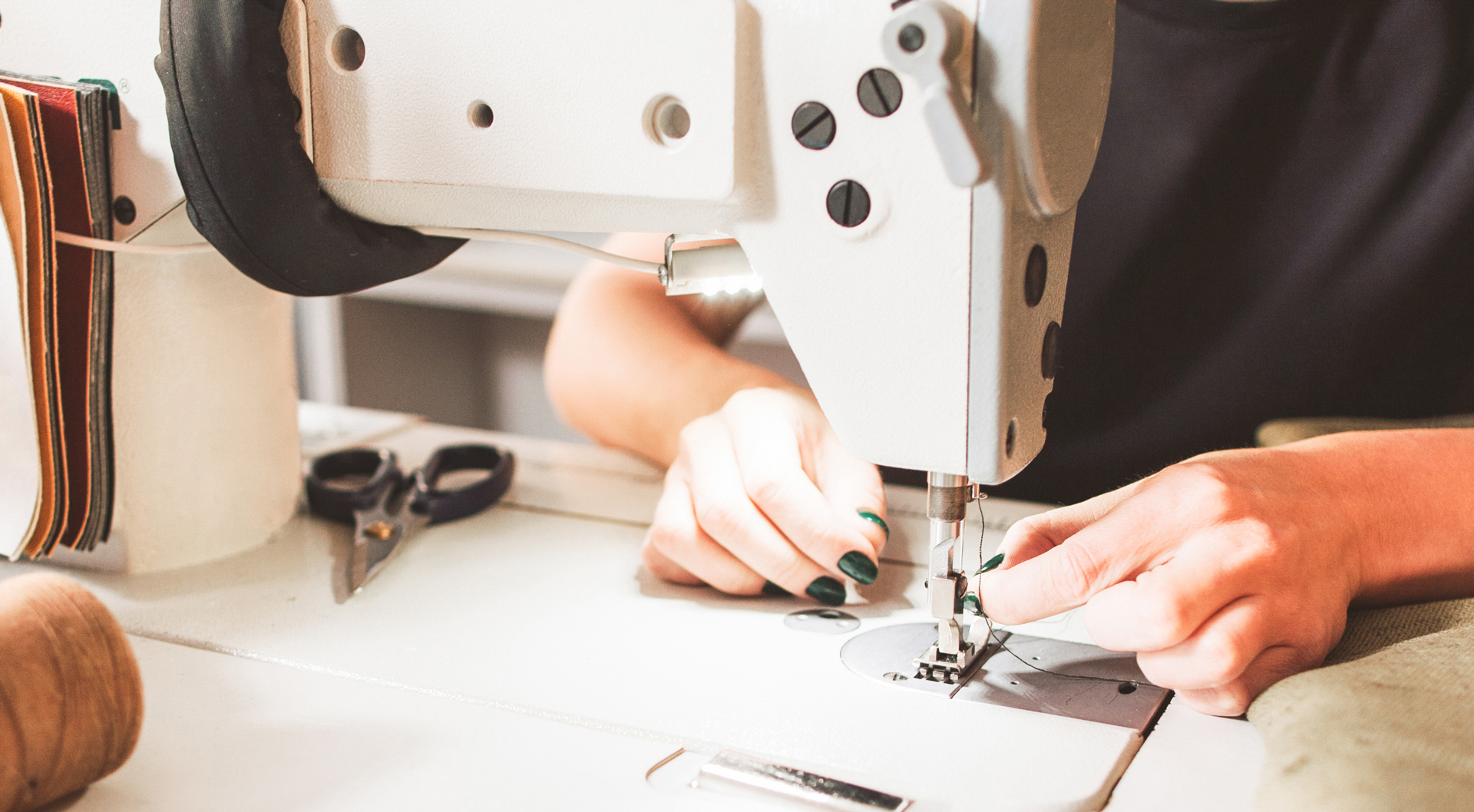
How many Units can I Produce?
Once the budget and the price per unit are revealed you can estimate the total amount of units you want to produce!
- How many units per style?
- How many units per style per color?
- How many units per style, per color, and per size?
In order to reply to all the above questions, you will mainly need to check the MOQ (Minimum Order Quantity), the MCQ (Minimum Color Quantity), and the unit price of each raw material!
Let’s pretend you want to produce a 100% cotton men’s short sleeve t-shirt in 3 different colors (black, navy, and white, and in a size range that goes from size S to XL).
The numbers below are invented – their only purpose is to provide a practical example
The garment will be made with 2 Fabrics (Jersey + Rib) + 1 Yarn + 2 Tags (Brand Tag + Care Tag).
Let’s analyze just the main material (that is normally also the most expensive one): Jersey fabric. Its MOQ is 300kg, while the MCQ is 150kg.
- You will have to produce 450 kg of Jersey, divided as follows: 150kg in Black, 150kg in White, and 150kg in Navy.
- By knowing that, and based on the fabric consumption, the next question will be: how many units can I produce from 150kg of fabric in a certain color?
- Let’s pretend that the Jersey consumption for every T-Shirt is 0.5kg; therefore you will be able to produce 300 units of that style, in that color, from the 150kg of fabric.
- Finally, we can calculate the best size distribution and units in each size for the style in question.
- The total amount of 300 garments will now need to be divided into 4 sizes you want to produce by maintaining a minimum common denominator (for marker optimization’s sake). See some (of the many) examples below:
- S x75
- M x75
- L x75
- XL x75
or
-
- S x50
- M x100
- L x100
- XL x5
or
-
- S x50
- M x50
- L x150
- XL x50
HEADS UP: in 99% of cases you will need to provide your manufacturer an average amount of items you are willing to produce before they start quoting your production. The more units you’ll produce, the lower the cost per unit will be because the raw material cost decreases if the order quantity increases.

Manufacturing & Logistics Lead Times
Lead Time is normally set and planned in order to meet the production deadline. While it seems easy to say, it is hard to do!
On this matter, you will need to rely on your manufacturer, working with them and making sure you come up with a lead time that satisfies your needs and allows your partner to work in a feasible time frame.
For your knowledge, the Manufacturing Lead Time can vary based on:
- Raw Materials’ production lead time
- Raw Materials’ shipping lead time
- Unit Order Quantity to Produce
While the Logistics Lead Time can vary based on:
- Shipment Type: Ocean, Air, or Land?
- Shipment Distance
- Shipment Dimension
- Possible Delays at Customs
- Etc.
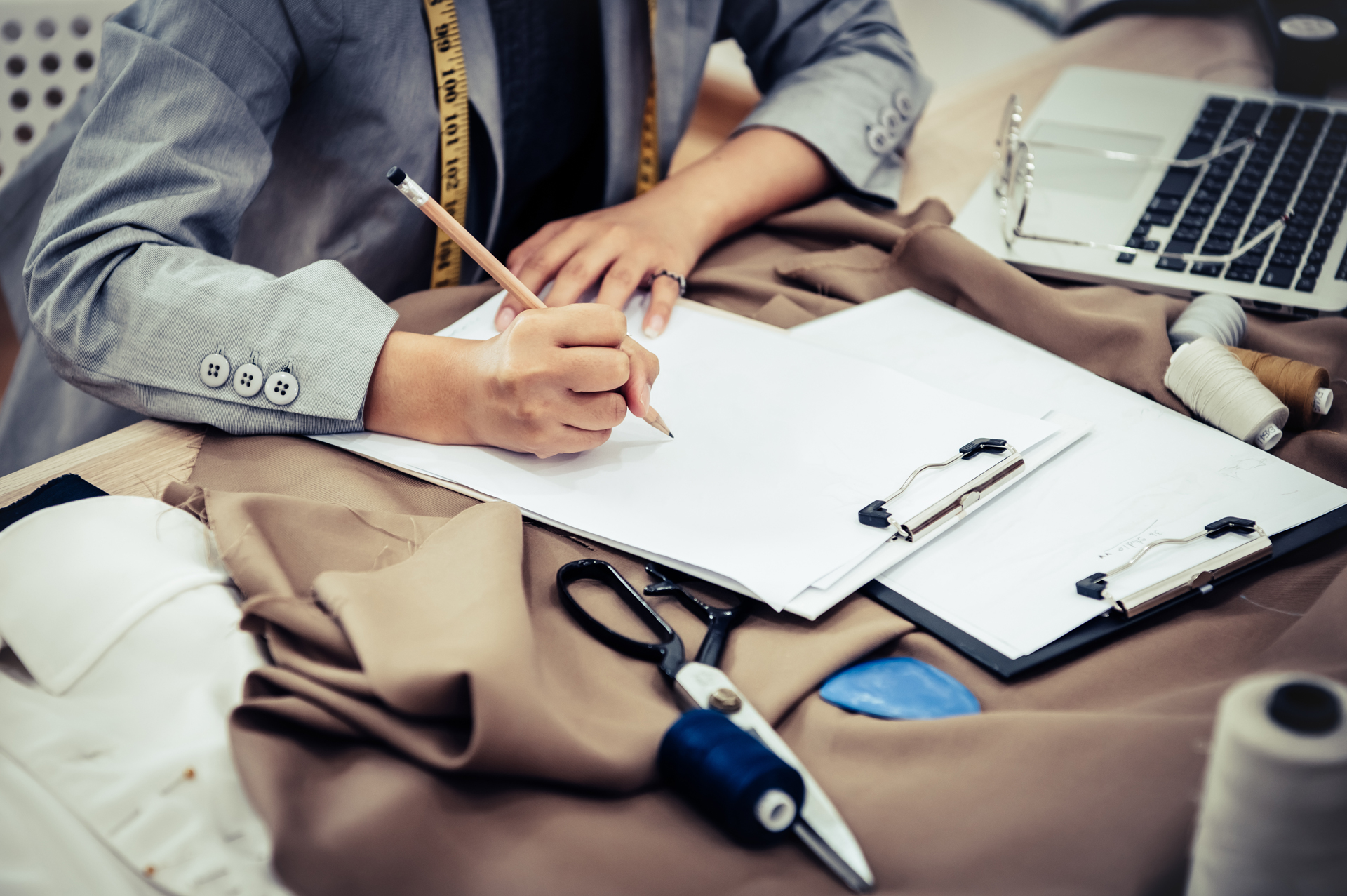
The Garment Manufacturing Process
To summarize the production system and give a general idea of the whole process we have listed, here is a synthesized diagram of the phases a garment goes through during its manufacturing, which allows the transformation of raw materials into final garments.
End of the Product Development
Final Sample Approval >> Design, Raw Materials, and Fit
↓
Pre-Production Planning > Setting Costs and Dates
Based on Production Order and Garments’ Tech Packs
↓
Raw Materials Consumption & Procurement
Calculate Consumption, Apply a Margin of Error, and Purchase Raw Materials
↓
Raw Material Quality Control
Check if all materials arrived are correct (in terms of quantity and quality)
↓
Marker Finalization & Cut
Lay the Fabric and leave it to Relax, then Place the Marker on top of it, and Cut
↓
Cut Quality Control
Check and Re-Organize per size the Cut Pieces
↓
Embellishment (Printing/Embroidery/Other) Processes – if applicable
Prepare the Pieces and proceed with the Embellishment Process
↓
Embellishment Quality Control
Check that Quality, Dimension, Artwork, and Position are correct
↓
Sew
Garment Construction in Ad Hoc Production Lines + Tag Application
↓
Finishing / Washings – if applicable
For example: Apply Buttons / Wash Denim / Etc.
↓
Sew and Final Quality Control
Sample check the Main Measurement of Each Garment to check their Accuracy
↓
Iron & Fold
↓
Pack
↓
Final Count of the Approved Units
Check if the Approved Units meet the Total Order Requirement
↓
Edit the Final Production Report
Gather, check, and synthesize all the Quality Control Reports into a Final one
↓
Ship
Create the Packing List + Get Shipping Quotes + Coordinate the Shipment
How to be Sustainable?
Sustainability is today’s way and there are many precautions that can be taken in order to build your brand as GREEN as possible.
Remember that you must be sustainable in every area of your company, in order to define yourself as so.
Following are some tips and suggestions in order to be a little greener (:
- Design
- Design durable and high-quality styles
- Try to use fewer fabrics in your collection
- Sourcing
- Collaborate with tested and ethical suppliers
- Prefer sustainable or recycled fibers or sustainably realized fabrics
- Choose high-quality and durable materials
- Try to find km0 textiles and trims, in order to avoid too many shipments
- Production
- Produce ethically (socially, economically, and environmentally)
- Optimize your production and try to reduce the waste
- Minimize the use of chemicals and toxic substances
- Logistics
- Prefer reusable packaging
- Optimize your shipments and make them rationals and reasonable
- Minimize the use of plastic bags
- Marketing and Sales
- Contain the environmental impact of your stores
- Be transparent with your consumers and share your production chain.



